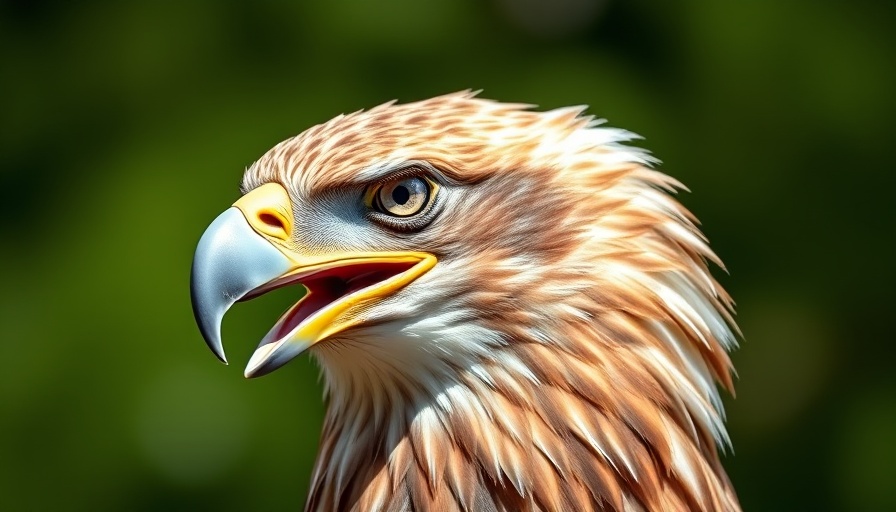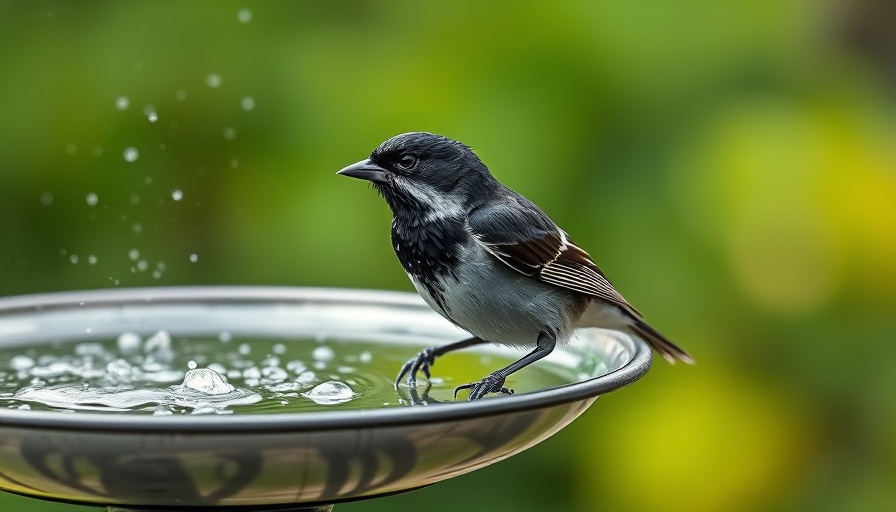
The Top Diet for Eagles: A Closer Look
Eagles, especially the iconic Bald Eagle, are often hailed as one of nature's most impressive predators. But what exactly do these majestic birds consume? Understanding an eagle's diet requires an exploration of its hunting habits, diverse feeding strategies, and the broader ecological implications of its role as a top predator.
Fish: An Eagle's Staple Food Source
Fish form the backbone of most eagles' diets, particularly for the Bald Eagle, which relies on these aquatic prey for approximately 70-90% of its food intake. Their remarkable hunting abilities allow them to dive at impressive speeds, effectively snatching fish out of the water. This hunting technique is not only efficient but also showcases the eagle's impressive eyesight and powerful talons.
Beyond Fish: Diverse Hunting Habits
While fish is paramount, eagles also adapt their diets based on availability and location. They may hunt waterfowl like ducks and geese, stealing catches from other birds—a behavior known as kleptoparasitism. In inland regions, eagles might turn to terrestrial prey, such as rabbits and even small mammals. This versatility highlights their adaptive hunting strategies.
The Role of Scavenging in Eagle Diets
Eagles also play a significant role as scavengers, consuming carrion which not only aids in their survival but also benefits the ecosystem by preventing disease spread from decomposing animals. However, this behavior comes with risks, particularly from lead poisoning linked to bullet fragments in scavenged carcasses. Understanding these risks is critical to appreciating the challenges faced by these majestic birds.
Nutritional Needs and Hunting Intelligence
An adult Bald Eagle typically consumes between 0.5 to 1.5 pounds of food each day, a significant portion of which is fish. Their adaptive feeding strategies are crucial, especially during winter months when food scarcity pushes them to rely more on hunting skills or scavenging. Such flexibility is not only a testament to their evolutionary success but also a reflection of their intelligence as a species.
The Impact of Human Activities on Eagle Diets
The relationship between eagles and their diet is significantly influenced by human actions. Habitat destruction, pollution, and climate change impact food availability and ecosystem dynamics. Recognizing and mitigating these impacts is essential for ensuring the survival of eagle populations. By understanding the intricacies of an eagle's diet, we can better appreciate these exquisite birds and take actionable steps towards their conservation.
 Add Row
Add Row  Add
Add 




Write A Comment